It’s a beautiful day with the first fall feelings. Maybe the asters and goldenrod have begun to bloom, and you noticed monarch butterflies headed south. There’s a good, crisp smell to the air — but as you near the chicken coop, your heart drops! There are feathers everywhere.
A panicked headcount soon reveals that all your birds are still present — though they look a little rough around the edges. Then your heart calms as you realize … they’re just molting.
What’s going on? Why does it happen? And what should you do about it? Let’s delve into the basics of chicken molting.
What Is Chicken Molting?
Typically, as the days begin to shorten, chicken keepers notice more than just leaves blowing in the wind. Molted feathers are flying too, and when the time comes to refresh their plumage, chickens really aren’t very pretty. They have lost their sleek appearance and now look rumpled and bald in patches, as if they’d had a horrific run-in with a wood chipper.
You can laugh. They don’t mind — they’re supposed to molt.
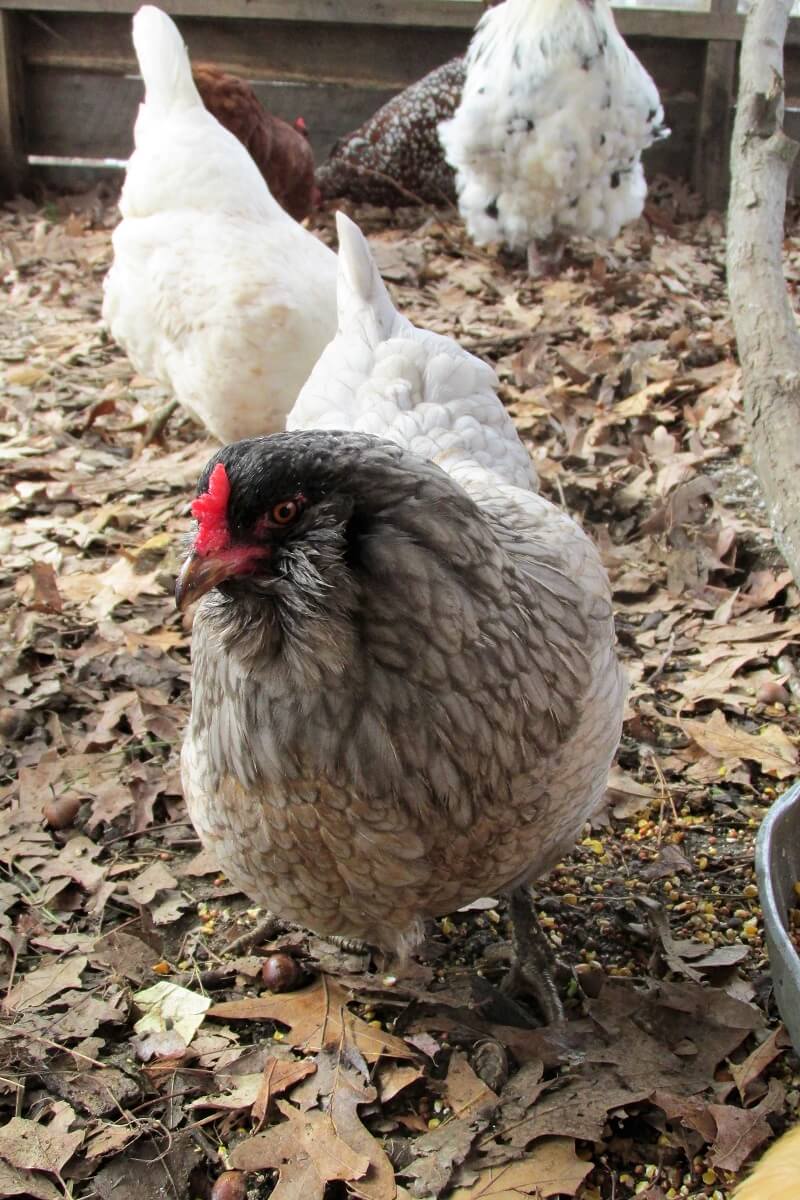
Chicken feathers wear out. And when they’ve reached that point, the chicken knows it’s time to make new ones. When a chicken molts a feather, the old one falls completely off her body which allows room for a new feather to replace it. The new feather first takes the form of what looks like a plastic-covered toothpick emerging from the site of the old feather. It is a replacement feather, covered in a protective sheath.
Related Post: Keeping Chickens In Winter
Eventually, the new feather, with a center rachis full of blood, pushes out of the sheath as a little tuft. As it emerges, the protective coating begins to flake off, and soon enough, the brand-new feather has fully grown.
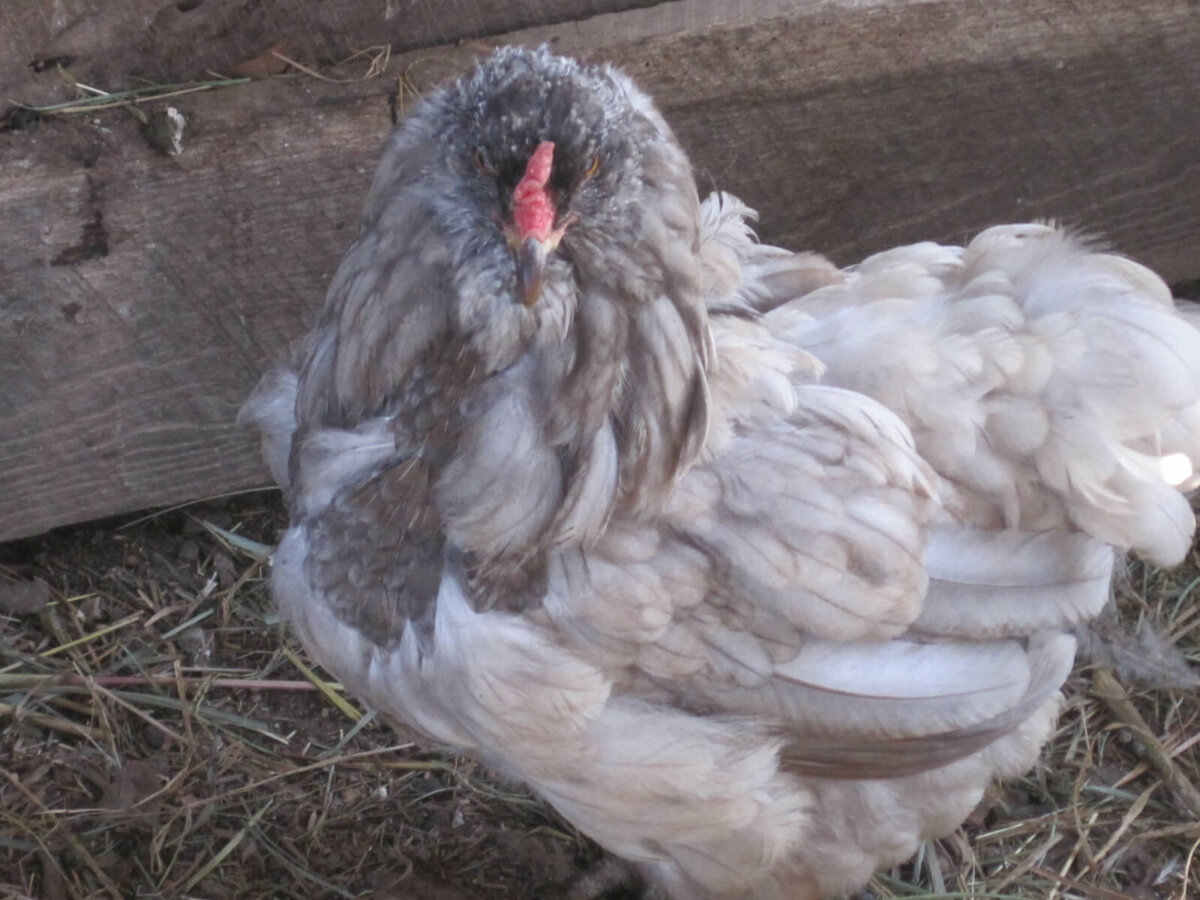
You may notice lots of white dandruff-like material under the roost. These are the remains of the protective shafts that are shed during new feather formation. After growth is complete, the blood that pushed the feather out will return to the body, and the feather is now ready for a new season of service.
Why Does Chicken Molting Happen?
In healthy birds, molting is merely a natural refreshment of their plumage. Just like you shed and regrow hairs from your head, chickens need to periodically replace their bent, broken, and just plain worn-out feathers. Chicken molting gives them a fresh coat — often just in time to keep them warmer during the winter months.
Once the process is complete, your birds will look as good as new. If they were hens in their first year, they may even develop slightly different feather colors or patterns after their first full molt.
When Feather Loss Isn’t Due To Molting
Though chicken molting is a totally normal and a necessary part of their natural cycle, there is a time when feather loss can mean something other than feather renewal.
If you have an active rooster who fancies himself the Don Juan of the poultry-yard, he may strip the feathers from a hen’s back during his mating sessions. This may happen if you have a more aggressive rooster, or if you have too few hens to spread out his amorous affections. In the increasing sun of spring, it may turn a hen’s bareback burnt red, and increase the stress of feather loss.
To remedy the situation, either get a gentler breed of cock (our Orpington is ever the gentleman), get more hens for the harem, or house the rooster away from your girls awhile to give them a break.
Bald patches in chickens may also be an indication of parasite overload, specifically, lice or mites. As you may expect, these bloodsuckers make the chickens itchy, and sometimes they react by pulling out their feathers. Treat the problem internally by feeding your birds garlic, and externally with a dust bath. Be proactive in dusting your birds.
Related Post: Chicken Mites
We treat new arrivals to the homestead — often loaded with parasites from their previous lives at overcrowded farms — by hanging them by the feet to calm them, and dusting them with a hefty scoop of clean, cool wood ashes. This makes them hilariously angry little dust storms once released, but it helps take out the lice during their quarantine period before joining the flock.
Bald patches in growing chicks is another cause for concern. They should be growing their first feathers, not losing them as quickly as they arrive. Cannibalism and feather-picking are preventable issues that typically arise from poor chick management. Give them higher protein feed, access to fresh grass, and more space, and the problem should decrease.
How Long Does Chicken Molting Last?
For many chickens, molting is a relatively quick process lasting for only four weeks or so. For others, it can seem to last forever. Some birds will merely lose handfuls of feathers here and there, appearing scruffy but still decently covered. Others will suddenly bare all with naked necks, no tails, and sparse wings.

Your birds may or may not all molt at the same time. Last year, my birds all molted within a month. The coop looked like a feather bomb went off! This year, the hens have seemed to be taking turns with one starting to look scanty just as another regains her tail.
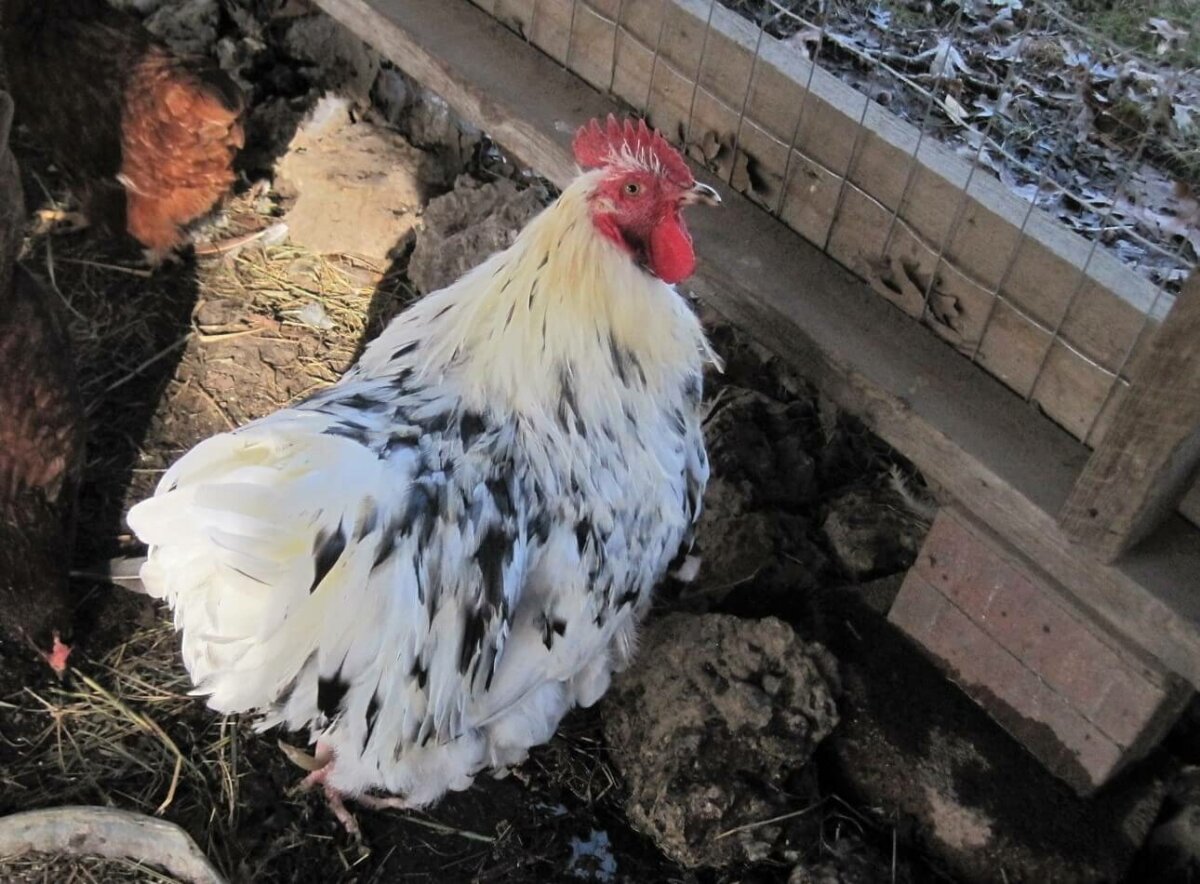
Chicken molting seems to be a rather individualized process, so just sit back, take some funny pictures of your dear, ugly birds, and trust they’ll be looking like themselves soon enough.
How To Manage The Flock During Chicken Molting
First off, don’t handle your birds if at all possible. Bare skin is sensitive, growing feathers are brittle, and the feather shafts are full of blood as the new plumes emerge. Breaking a growing feather could result in a lot of unnecessary blood loss and stress. All of this trauma can result in a chicken that doesn’t want to be pet, touched, or picked up. She’ll probably be more standoffish during molting anyway.
Second, don’t expect your egg production to be at peak level during a molt. Birds may taper off laying or may stop laying completely until they’re back to perfect plumage. After so much hard work producing your morning omelet, give those birds a break and a bit of grace as they refresh themselves before cold weather sets in.
Third, some chicken keepers provide more protein in their chickens’ diet to help compensate for the huge amount of work their body is putting into growing new plumes. While you could opt for a higher-protein layer ration or the debatable choice of dry cat food, old chicken lore suggests there are far more natural — and cheaper — sources of extra protein you could utilize.
Related Post: Raising Baby Chicks: A Guide For First-Time “Parents”
Try insects such as mealworms. If your birds are free-range, they may be seeking bugs on their own. Whole seeds are great for birds, too. Around fall, pumpkins are often used as decorations, and then merely left to rot. Give those high-protein seeds to your molting birds instead of wasting them on the porch. Meat is also excellent for chickens. They are omnivores, after all. If you can get over the yuck factor, mice from traps, fish scraps, and fresh roadkill are excellent sources of free protein.
Finally, don’t fret over your flock. This is a natural process, and they will look normal again, I promise. In the meantime, while you wait for your naked birds to stop looking so bare, go out and gather all those neat feathers and make some homestead crafts. I like the idea of these feather flowers for an undying winter arrangement, and making them with my own chickens’ feathers would be super-special (and cruelty-free).
If you’re not feeling crafty, you can still rake up feathers and turn them with your fall compost. They’ll give back nutrition to the soil as replacement feathers grow.
So what do you do while your birds are on their annual break? Do you have any other questions about the feather molting process? Let’s discuss it below!





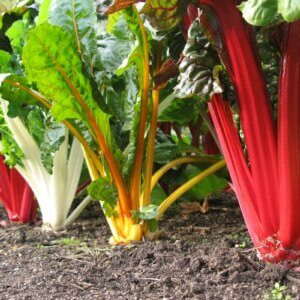

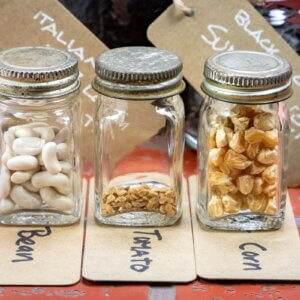































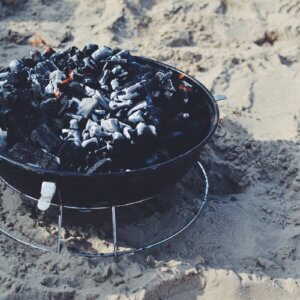


Leave a Reply